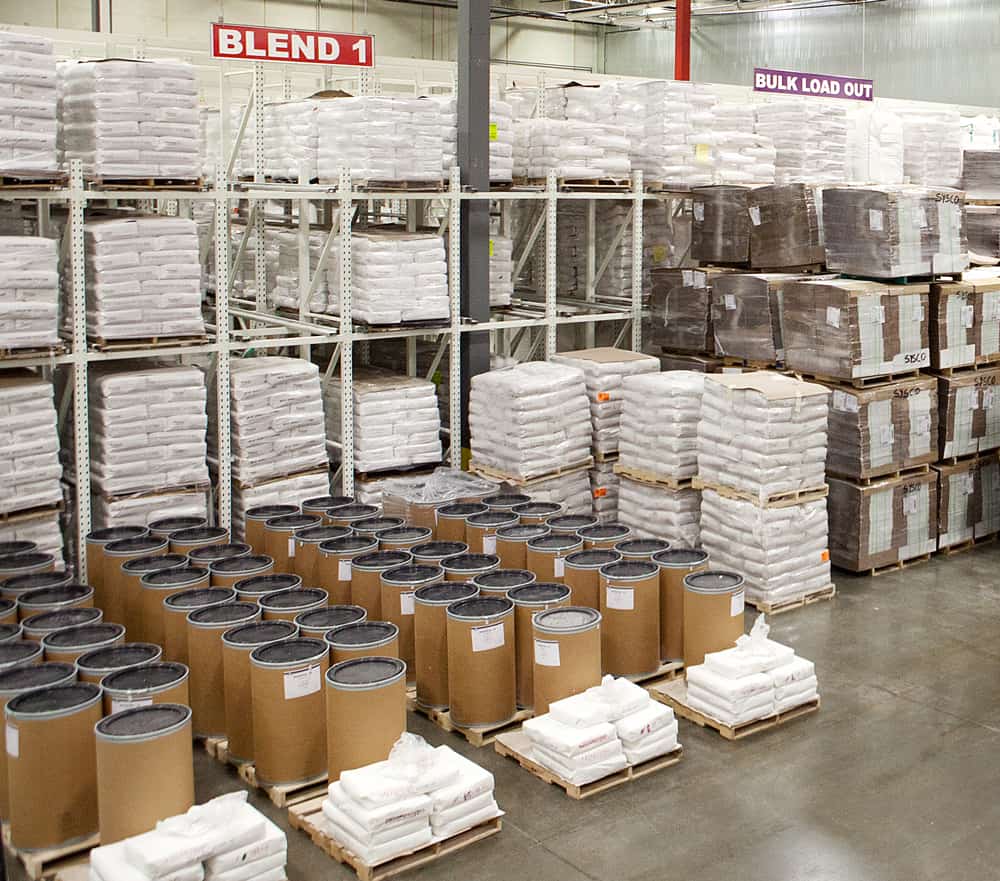 As a food contract manufacturer, PacMoore is working hard to increase performance every day. This includes our more visible services such as dry blending, extrusion, and spray drying but it also includes less visible, but not less important functions such as warehousing and inventory accuracy. Everyone at PacMoore needs to be vigilant when they are handling inventory; whether it is completing paperwork correctly or manually moving the materials.
As a food contract manufacturer, PacMoore is working hard to increase performance every day. This includes our more visible services such as dry blending, extrusion, and spray drying but it also includes less visible, but not less important functions such as warehousing and inventory accuracy. Everyone at PacMoore needs to be vigilant when they are handling inventory; whether it is completing paperwork correctly or manually moving the materials.
What Does Accurate Inventory Look Like?
When we talk about accuracy in inventory, we are aiming for the following 7 things:
- Inventory reported in the computer exists in the quantity reported and is in the location shown.
- Receipts are entered correctly.
- Orders are picked correctly.
- Orders are reconciled correctly.
- Product is shipped correctly.
- Loss of product due to damage, setup usage, production issues, etc. is reported & written off.
- Customers receive accurate and timely reports each month.
Accurate Inventory Saves Time and Money
Why would warehouse inventory become inaccurate in the first place? In my experience, a number of things could have happened. Pallets of materials could have been moved without being recorded, inventory might be improperly labeled (or not labeled at all), inventory may need to be reworked, or it may become damaged while in the warehouse.
The equation for cost of inaccurate inventory is pictured below:

Number of Person(s) needed to research/search/rework [multiplied by] length of time taken to research/search/rework [multiplied by] hourly wage(s) for person(s) working on the research/search/rework [equals] the cost of inaccurate inventory.
Each time materials in the warehouse are touched there is potential for inventory data to become inaccurate; and every step we take to correct it will require resources. This is true whether we are filling out the paperwork, entering data into the computer or moving the inventory in the warehouse. So, each of us at PacMoore shares the responsibility to keep accurate inventory data. As you can see, inaccuracy and disorganization are more than just a nuisance; they can quickly get out of hand. This not only prevents the ability to service and satisfy customers but it also becomes a drain on the company’s profits. Don’t let this happen to you!
 RELATED CONTENT: Why Transparency Matters in the Food Manufacturing Industry
RELATED CONTENT: Why Transparency Matters in the Food Manufacturing Industry
Share this on Facebook, Twitter, LinkedIn, Google Plus, or email to a friend.
Click below to share this on social media:





